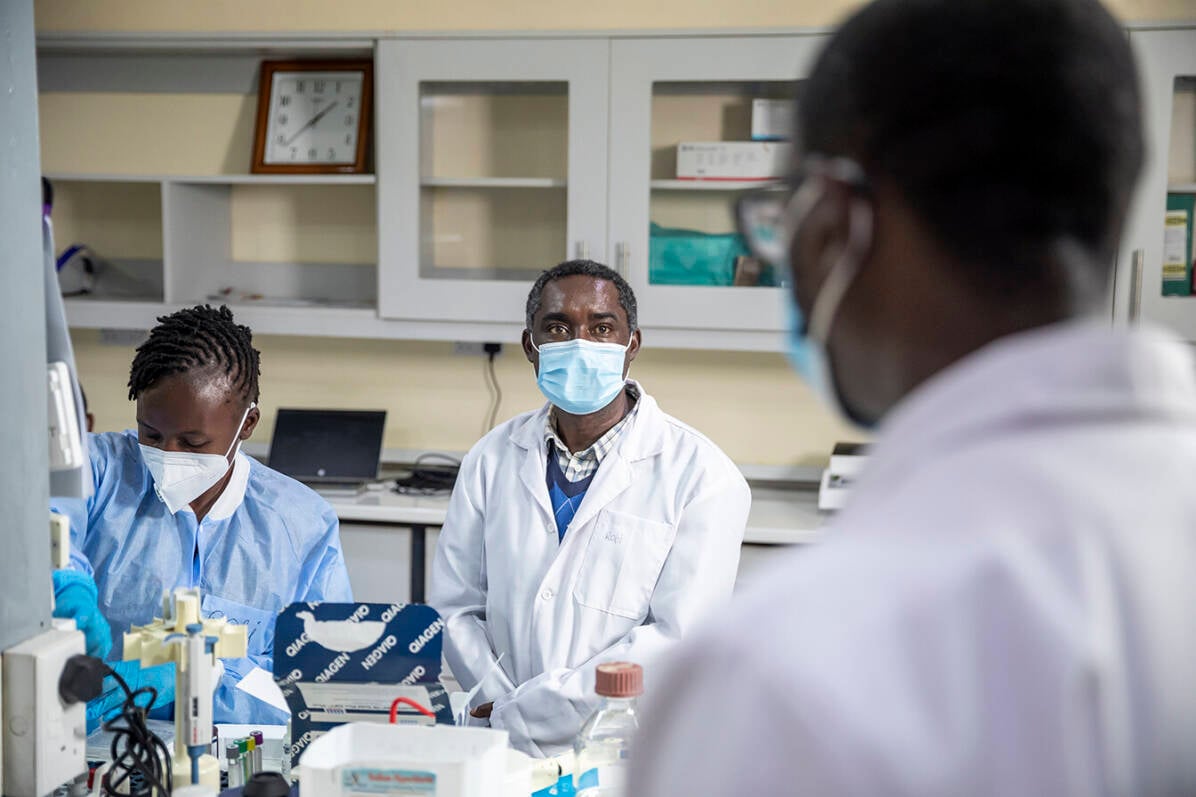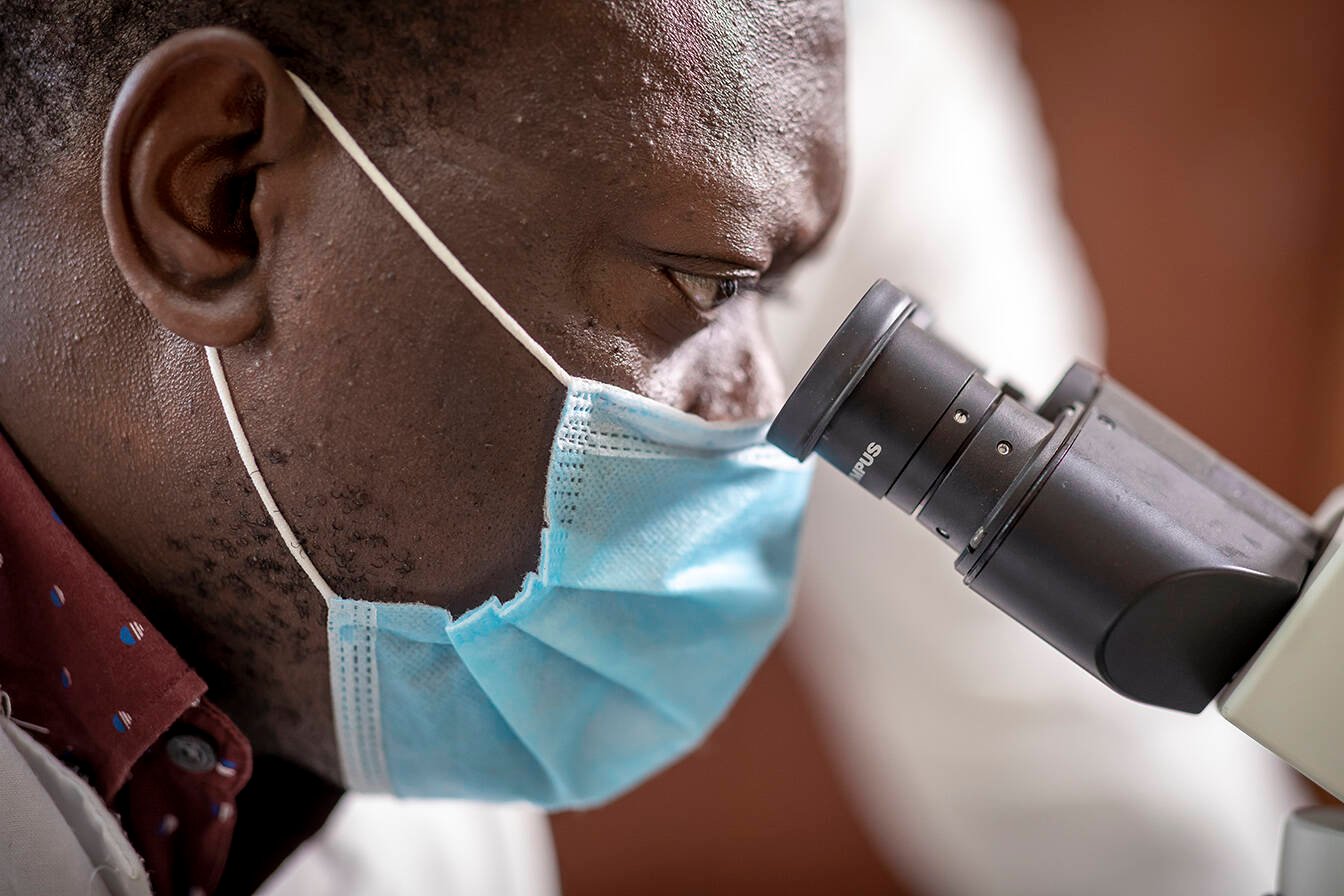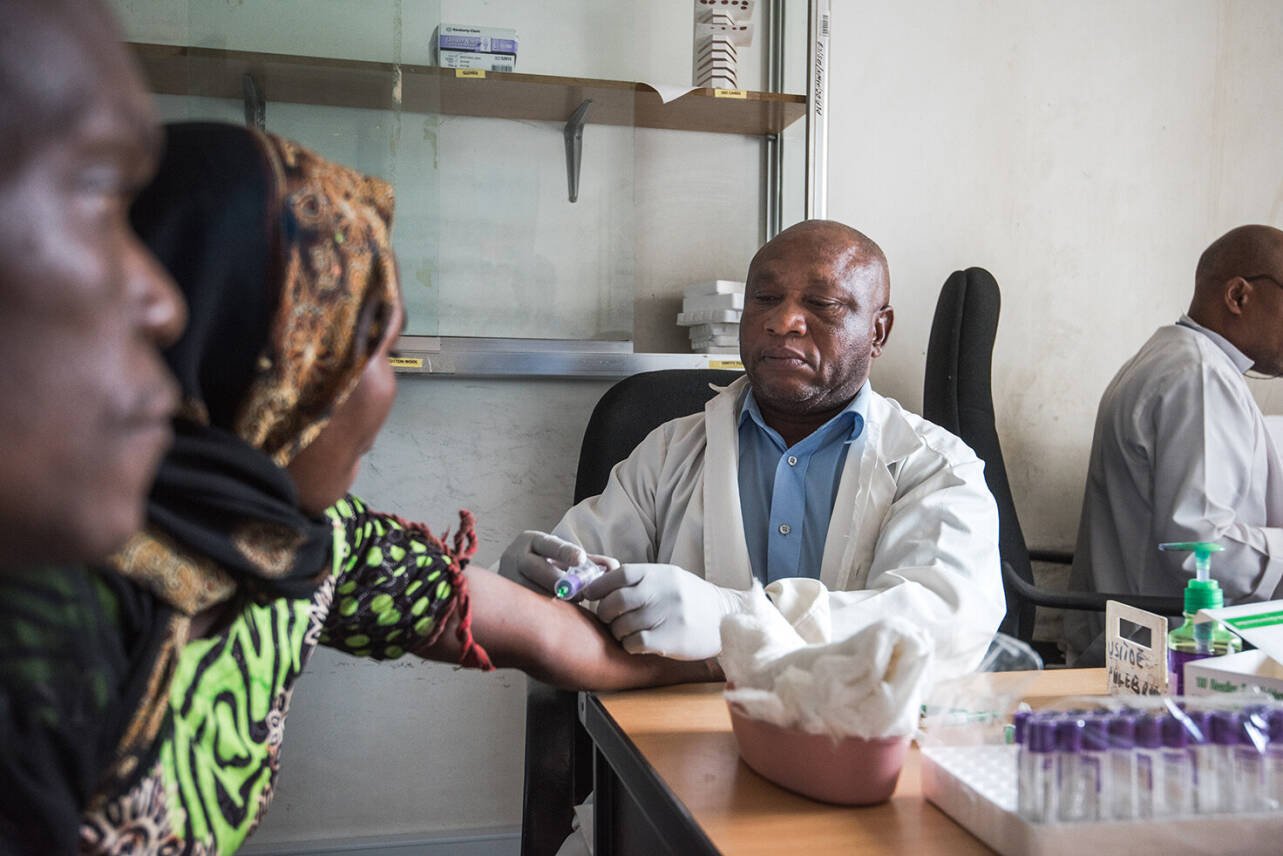Other EDCTP-funded projects were referenced in key WHO publications in 2024. Data generated by the DIAMA project, for example, which is exploring how a range of tools for detecting multidrug-resistant TB could be implemented within African health systems, has contributed to revised guidelines on TB diagnosis.

scroll down
EDCTP2-funded studies have led to updates to WHO policy guidance for the treatment of human African trypanosomiasis and have been cited in other key WHO outputs.


In addition, the DATURA and 5-FC HIV-Crypto trials have been highlighted in a recent WHO document, The Advanced HIV Disease Research Landscape. The DATURA trial is evaluating an intensified, high-dose TB treatment regimen for hospitalised patients with HIV and TB co-infections, to address the very high mortality rate in such patients. Enrollment in the trial was completed in December 2024.
The 5-FC HIV-Crypto study is developing and testing a long-acting formulation of 5-FC (flucytosine), a critical component of treatments for cryptococcal infections, one of the most common causes of severe disease and death in people living with HIV. Because of its short half-life, 5-FC has to be given every 6 hours. The project team has shown that the new formulation, a sustained release oral pellet that just needs to be given twice a day, generates satisfactory bloodstream drug levels. A phase II trial began in Malawi and Tanzania in 2025 and will provide an initial indication of whether the new formulation is as effective as conventional 5-FC treatment.
Great strides have been made in reducing the impact of human African trypanosomiasis (HAT, sleeping sickness), particularly the form caused by Trypanosoma brucei gambiense. Fexinidazole, a drug developed by the Drugs for Neglected Diseases Initiative (DNDi), has been critical to this success, providing a safe and effective treatment option.
However, a second form of HAT, caused by T. brucei rhodesiense, affects parts of sub-Saharan Africa, particularly East Africa. It is responsible for rHAT, a more acute and potentially lethal form of the disease.
The EDCTP-funded HAT-r-ACC study provided key data that underpinned an updating of WHO recommendations on treatment of HAT, particularly rHAT. Based on this study, carried out in Malawi and Uganda, WHO now recommends fexinidazole instead of suramin for the first stage of rHAT. In the EDCTP-funded study, 10 out of 10 patients treated with fexinidazole at this stage of disease recovered, and no safety issues were reported.
In addition, WHO now recommends fexinidazole for more advanced disease, as a replacement for melarsoprol. In the fexinidazole study, all but two out of 35 patients had recovered at 12 months following treatment. This is a particularly significant shift, as melarsoprol is a relatively toxic arsenic-containing drug requiring repeated injections.
Fexinidazole has other advantages, being easier to administer and more affordable. In addition, as it can be used at both stages of disease, it eliminates the need for lumbar punctures to assess progression to advanced disease.
Countries have also moved to take advantage of the new option. In 2024, fexinidazole was registered for the treatment of T.b. rhodesiense sleeping sickness by the Democratic Republic of the Congo (DRC) and approval for use was granted by Malawi. Fexinidazole is donated by Sanofi to WHO, which distributes it to the National Control Programmes in endemic countries.
Influencing WHO policy